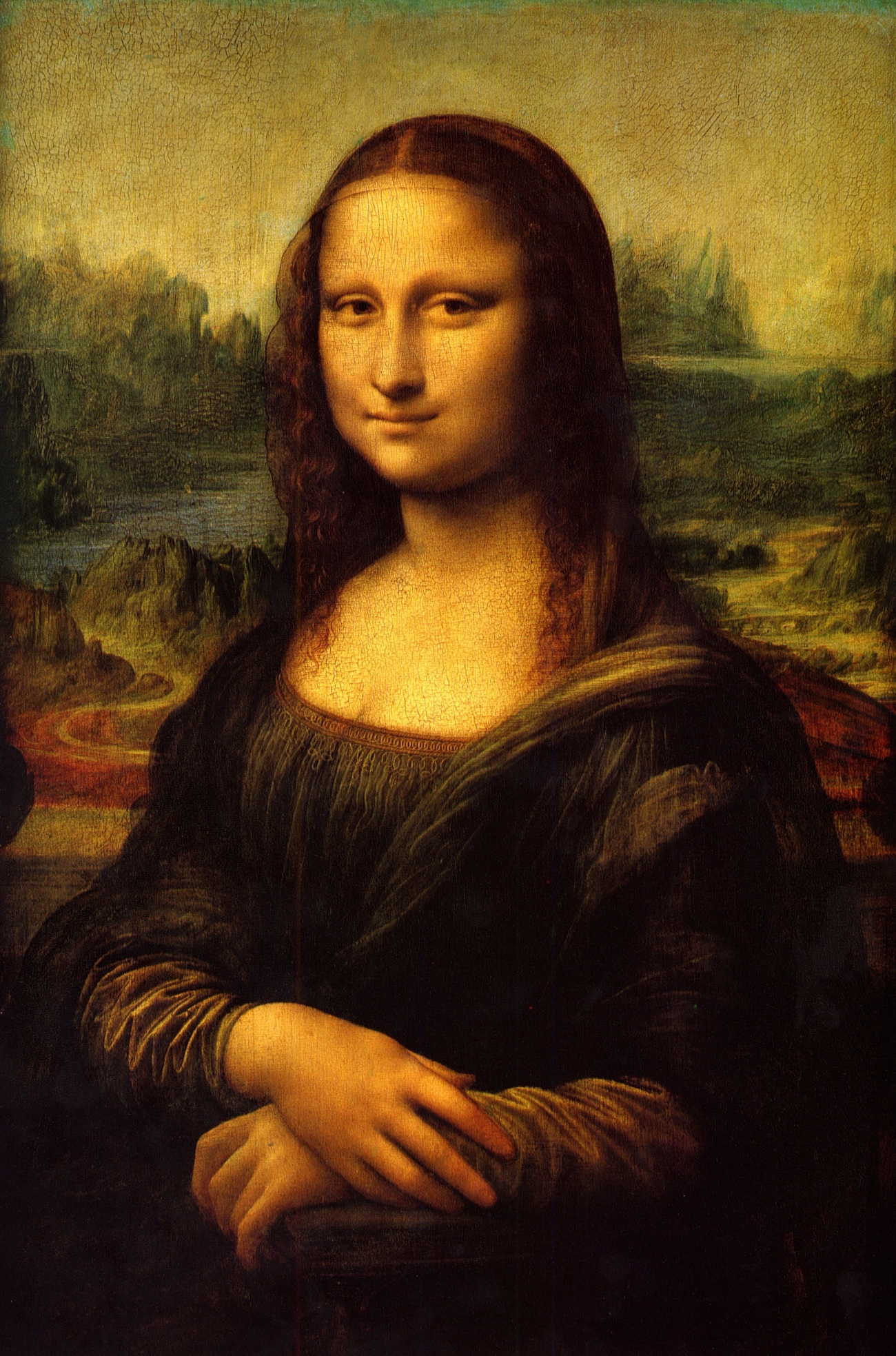Published in the Sunday Gujarat Samachar on 11 August, 2024
The Mona Lisa, arguably the world’s most famous painting, has captivated viewers for centuries with her enigmatic expression and mysterious gaze. Painted by Leonardo da Vinci in the early 16th century, this masterpiece has made a name for da Vinci that has endured long after his time. Visitors to the Louvre often feel as though Mona Lisa's eyes follow them around the room, an illusion that has intrigued and puzzled many. But why does this phenomenon occur?
To understand this captivating effect, we must rewind the clock to the Renaissance era. During this time, many paintings lacked a certain lifelike quality, despite their technical prowess. Leonardo da Vinci, one of history's most brilliant minds, sought to change this. He meticulously studied human anatomy to perfect his figures' muscle structures and bones, bringing an unprecedented level of realism to his work. Moreover, da Vinci was fascinated by optics and human vision, exploring how the eyes perceive light and dark, and how they often miss seeing everything clearly at once.
When painting the Mona Lisa, da Vinci applied his deep knowledge of human vision and artistic techniques. He used a method called "sfumato," which involves blending colors and contours so smoothly that there are no sharp edges. By slightly blurring parts of her face, particularly around the eyes, da Vinci created an effect that makes her gaze appear both lively and deeply expressive. This subtle blurring makes viewers feel as though her eyes are following them, even though the eyes themselves do not actually move.
The Mona Lisa’s gaze is a testament to Leonardo’s genius, combining artistic mastery and scientific understanding to create an illusion that continues to mesmerize audiences. The lifelike quality of her eyes, enhanced by the sfumato technique, gives her a dynamic presence that transcends the canvas. As you stand before the Mona Lisa, you experience not just a portrait, but a living, breathing enigma that invites you into a timeless dialogue with art and human perception.
Who came up with pineapple on a pizza?
The origin of pineapple on pizza is a topic steeped in culinary debate, with various countries and individuals laying claim to its inception. However, the most widely recognized story attributes this controversial topping to Sam Panopoulos, a Greek-Canadian restaurateur. In 1962, Panopoulos, while experimenting with different pizza toppings at his Satellite Restaurant in Chatham, Ontario, decided to try canned pineapple. The result was a surprising hit with his customers, who appreciated the unique blend of sweet and tangy pineapple with the salty and savoury flavours of cheese on a pizza. This combination soon became a staple on his menu and eventually a global phenomenon.
While Panopoulos' claim is well-documented and celebrated, it's worth noting that others, including Icelanders, have made similar assertions regarding the creation of pineapple on pizza. Despite these claims, Panopoulos remains the most widely credited inventor. But this leads to a bigger question: what do Italians, the masters of pizza, think about this unconventional topping?
Pineapple on pizza remains a controversial topic, particularly among traditional Italian pizza makers and aficionados. In Italy, where pizza is a beloved culinary art form, the idea of adding a sweet fruit like pineapple can be seen as unconventional. Traditionalists argue that the sweetness of pineapple clashes with the savoury elements of a classic pizza, and it should be enjoyed with different dishes altogether. Despite this, some Italians do enjoy this unique flavour combination, and a few Italian pizzerias have even included pineapple as an optional topping, catering to the tastes of curious or adventurous customers.
The divisive nature of pineapple on pizza is evident, with strong opinions on both sides of the debate. While it is not a traditional topping in Italian cuisine, it has garnered a significant following worldwide, including among some Italians. The prank videos circulating on YouTube, where unsuspecting Italians react to receiving pineapple-topped pizzas, highlight the ongoing contention and curiosity surrounding this unusual culinary pairing. Whether you love it or loathe it, pineapple on pizza continues to spark lively discussions and remains a unique and memorable aspect of modern pizza culture.
Double Landlocked Country vs Transcontinental Country
In the world of geography, countries can have very unique locations that affect their lives in interesting ways. Two special types of countries are double landlocked countries and transcontinental countries. Double landlocked countries have no coastline and are surrounded by at least two other landlocked countries. Transcontinental countries span more than one continent, connecting different regions and cultures. So take a pause here and think of examples of such countries!
Double landlocked countries, like Liechtenstein in Europe and Uzbekistan in Asia, face unique challenges because they need to pass through at least two other countries to reach the ocean. Liechtenstein is nestled between Switzerland and Austria, while Uzbekistan is surrounded by five landlocked countries itself. This makes trade and travel more complicated and expensive. These countries must rely on good relationships with their neighbours to get access to international waters, making diplomacy very important. Despite these difficulties, double landlocked countries often find creative ways to connect with the rest of the world and build strong partnerships with nearby nations.
On the other hand, transcontinental countries like Russia and Turkey have land in more than one continent. This gives them access to different cultures, trade routes, and natural resources. For example, Russia spans both Europe and Asia, offering diverse environments and opportunities for trade. Turkey connects Europe and Asia through the Bosporus Strait, making it a vital link between the two continents. These countries benefit from their strategic locations, allowing them to play important roles in international affairs and enjoy a rich mix of cultural influences.
To sum up, these three stories from the “Know The Unknown” podcast series highlight the fascinating and often surprising aspects of our world. And I think travel is the best way to find out about these amazing stories.
It opens our eyes to the wonders of our planet and fuels our curiosity. What are some of the intriguing stories you’ve come across in your travels? Share them with me at neil@veenaworld.com, so we can spread the wonder and excitement of travel with our entire community. Until next time, keep exploring, keep learning, and never stop being curious.

























































Post your Comment
Please let us know your thoughts on this story by leaving a comment.